The Secret To A Successful Build Is Not A Secret
The goal of every playground installation should be to build according to manufacturer’s specifications. These are outlined in an installation manual supplied with each commercial playground sold. The success of a playground installation is directly related to the attention given and proper use of the installation instructions. Most manufacturers of commercially fabricated playground equipment have designed and technically drafted plans that serve to navigate you through the entire building process. A reliable set of installation instructions should include:
- Name, phone number and address of the manufacturer of the equipment
- Job order number
- The manufacturer’s product warranty
- Top-view drawings of your play equipment
- Footing detail for your play equipment
- Name and phone number of the local sales representative
- Checklist for accepting delivery of the play equipment
- Parts and hardware descriptions including part numbers
- General playground construction information
- CPSC Guidelines
- Installation drawings for every specific component
- Maintenance instructions and sample maintenance forms
- Binder or carrier to keep information organized
In every case, playground owners must keep good records of each playground. Knowing the job number, manufacturer, and salesman’s phone number can prove very useful in many situations, including warranty work, expansion, reinstallation or even litigation.
Knowing the job number, manufacturer, and salesman’s phone number can prove very useful in many situations.
Technical drawings are needed when replacing warranted, worn, damaged or defective parts. They tell the part description, the part number and the component number. These should be filed and saved.
Structure top views and footing details are handy when expanding equipment.
Removal and reinstallation of equipment to a new location occurs more often than you may think. For instance, the entire Salt Lake City School District decided to renovate their elementary school buildings. Playground equipment had to be relocated. This was quite an undertaking, but it would have been nearly impossible without the documentation.
Often, playground ownership changes during the lifetime use of equipment. If accurate records are kept, new persons responsible for the care and maintenance of equipment won’t have to re-invent the wheel. And, particularly in the case of playground equipment, good record keeping is a risk management tool to show an adequate standard of care in a litigation investigation.
When a playground is unloaded, it’s a puzzle of metal uprights and components, plastic panels, and slides, hundreds of pieces of hardware and all those other parts that go, who knows where. Adhering to the installation manual makes getting these pieces organized, easier. For example, discovering a missing part by carefully following delivery and unloading instructions will save time and money. Missing parts delay completion of a project. Over time, this problem can cost thousands of dollars.
Before construction begins, refer to the general construction section of your installation manual for information about layout, drainage, safety, and tools required to complete the job. Safety information from the CPSC, specific to the role of assembly is a “must read” to assure the integrity of the completed project.
Assembly directions require the use of specific parts matched to specific hardware. If a component part is matched to the wrong bolt or other hardware, equipment could fail. The CPSC reports that as many as 10 percent of playground injuries are due to equipment failure.
NPSI-certified playground safety inspectors should inspect all jobs upon completion. Anchoring systems are crucial to the structural integrity of a playground but difficult to inspect after project completion, as footings are buried beneath the surface. Therefore, hiring qualified playground contractors with proper insurance, who are also NPSI certified, is the best assurance that this part of the process is not neglected.
Lastly, all manufacturers of playground equipment should supply safety and maintenance information. All playground owners are expected to maintain safe play areas. Using the manufacturer’s guidelines is the best way to maintain your brand of playground equipment.

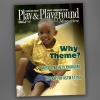

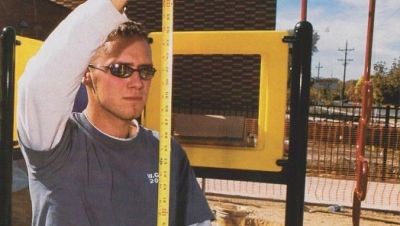
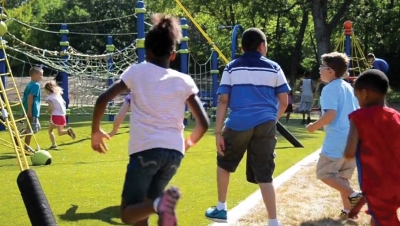
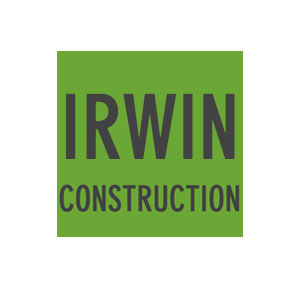
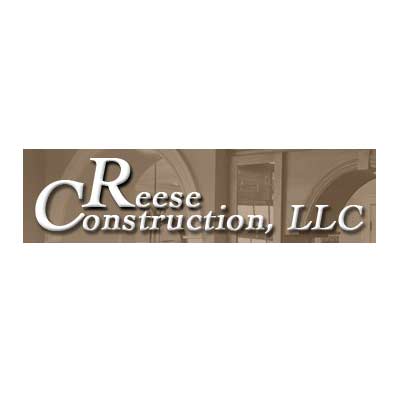
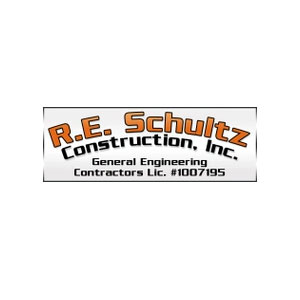
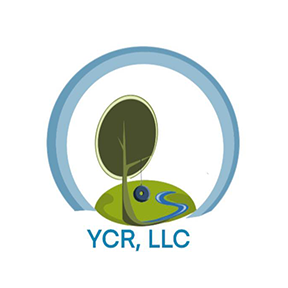
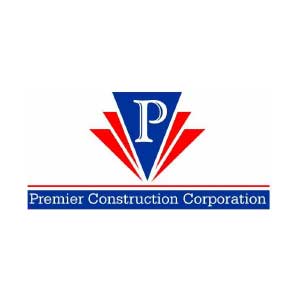

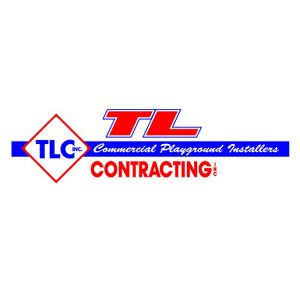

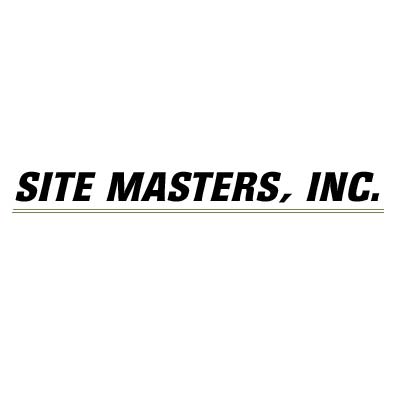
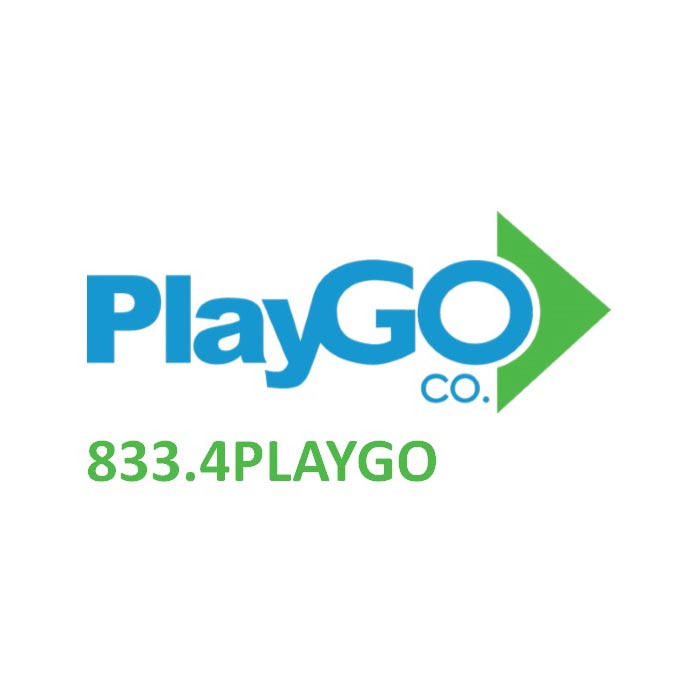

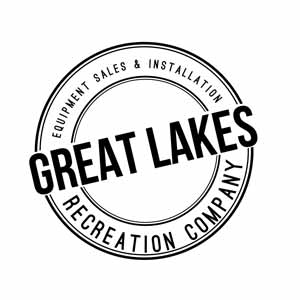
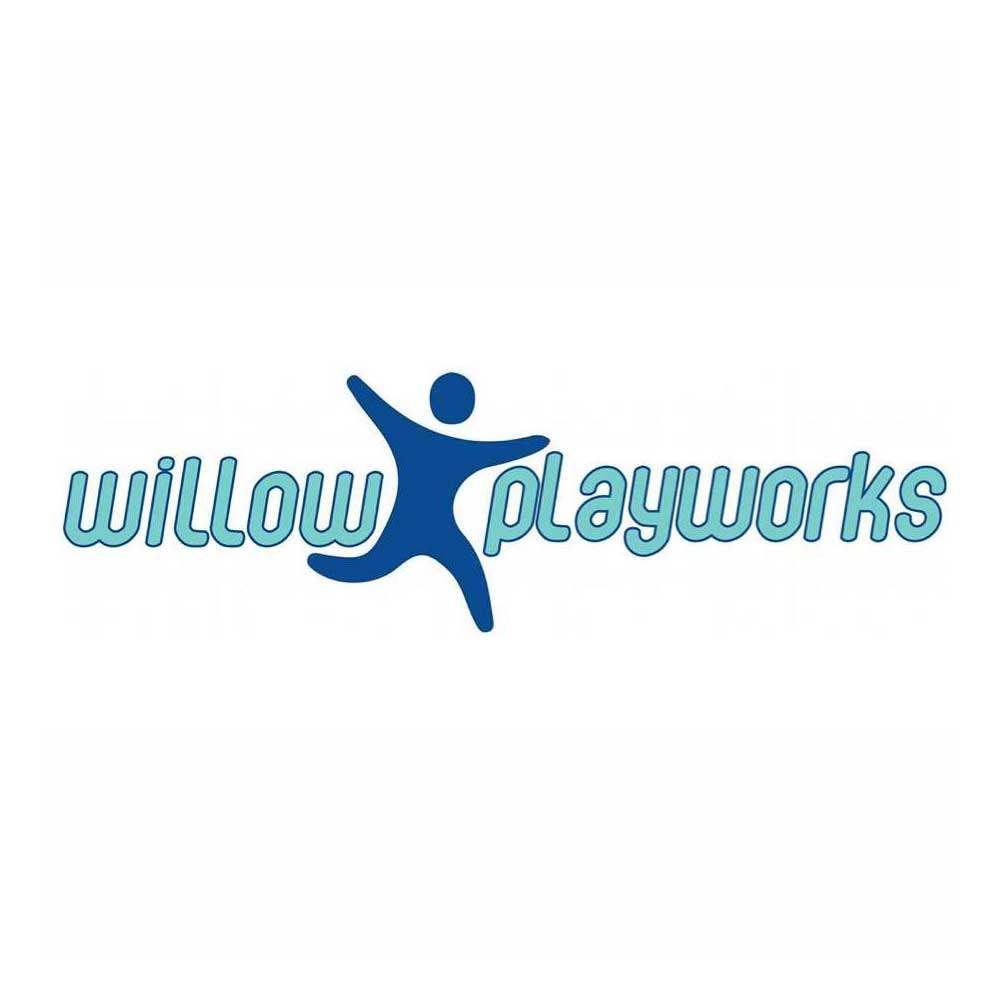

Add new comment